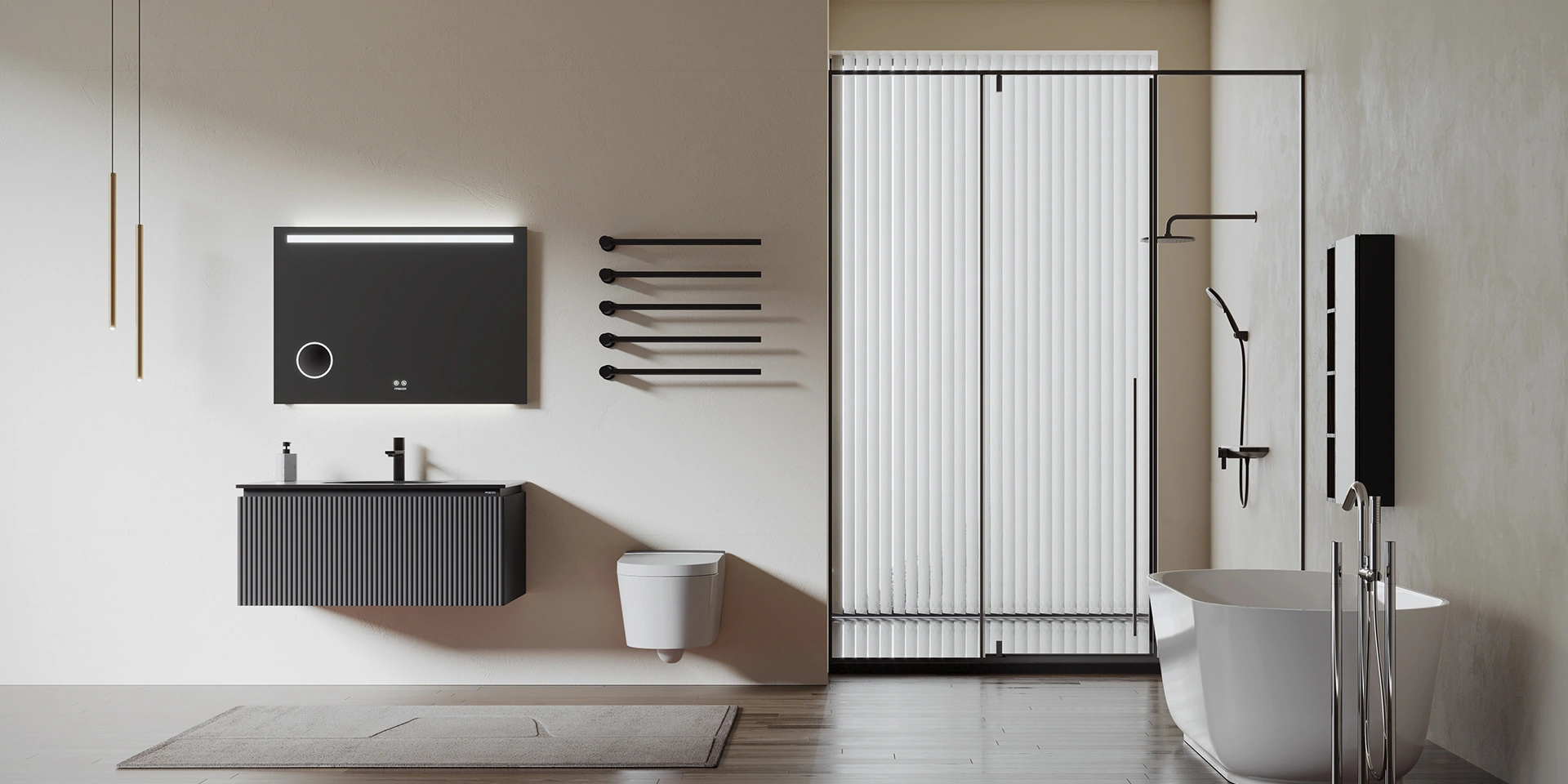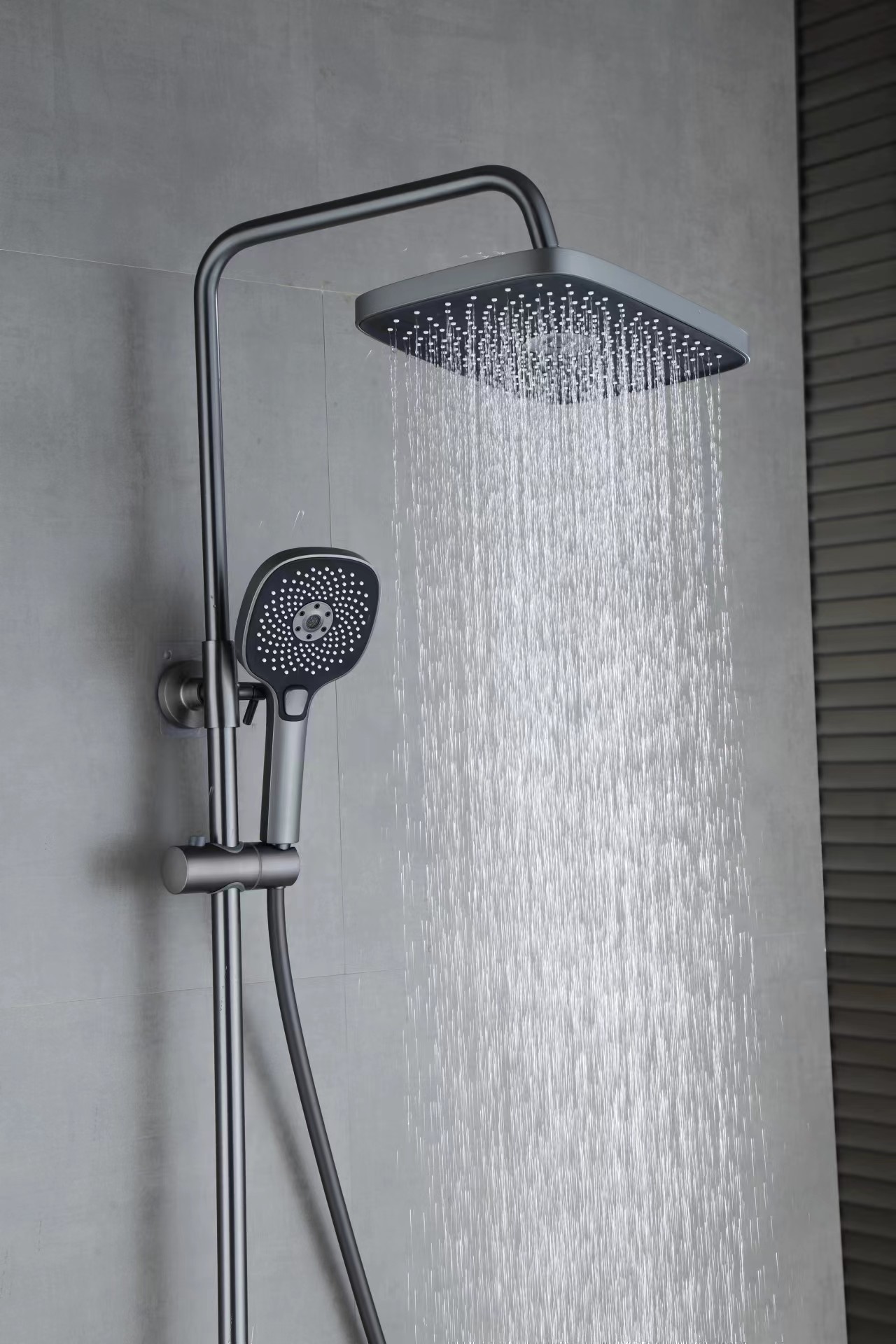How Non-Woven Butyl Sealant Strips Enhance Durability in Industrial Sealing Solutions
Release time:
2025-07-13
Introduction to Non-Woven Butyl Sealant Strips
In the world of industrial sealing solutions, **non-woven butyl sealant strips** have emerged as a game-changer. Their unique composition and properties make them ideal for a variety of applications, enhancing both performance and durability. This article delves into the **significance of non-woven butyl sealant strips**, exploring their benefits, applications, and how they stand out in the competitive landscape of sealing materials.
Understanding Non-Woven Butyl Sealant Strips
Non-woven butyl sealant strips are made from a specialized blend of butyl rubber and non-woven fabrics, creating a robust sealing solution. They are designed to provide excellent adhesion, flexibility, and resistance to harsh environmental conditions. Their structure allows for seamless integration into various applications, making them highly versatile in industrial settings.
What Sets Non-Woven Butyl Sealant Strips Apart
1. **Superior Adhesion**: The unique formulation of non-woven butyl enables strong bonding with various substrates, including metals, plastics, and glass.
2. **Weather Resistance**: These sealant strips exhibit excellent resistance to moisture, UV rays, and extreme temperatures, ensuring long-lasting performance.
3. **Flexibility and Conformability**: Their non-woven structure provides enhanced flexibility, allowing them to conform to irregular surfaces and shapes.
The Role of Non-Woven Butyl Sealant Strips in Enhancing Durability
Durability is paramount in industrial applications, and non-woven butyl sealant strips excel in this regard. They provide long-lasting seals that can withstand mechanical stress, environmental challenges, and chemical exposure, thereby reducing the frequency of maintenance and replacement.
Enhanced Mechanical Properties
Non-woven butyl sealant strips boast remarkable mechanical properties that make them suitable for demanding environments. Their tensile strength and elongation capabilities ensure they can handle dynamic loads without compromising integrity.
Impact Resistance
The ability to absorb shocks and vibrations makes non-woven butyl sealant strips ideal for applications where impact resistance is critical. This feature is particularly beneficial in automotive and construction sectors, where materials are frequently subjected to heavy stresses.
Applications of Non-Woven Butyl Sealant Strips in Various Industries
The versatility of non-woven butyl sealant strips extends across multiple industries. Here, we explore some key applications that showcase their effectiveness.
1. Automotive Industry
In automotive manufacturing, non-woven butyl sealant strips play a crucial role in bonding and sealing components. They are commonly used in assembly processes for sealing windows, doors, and various body panels, ensuring a tight fit that enhances durability and reduces noise.
2. Construction Sector
The construction industry benefits significantly from the use of non-woven butyl sealant strips, especially in roofing and waterproofing applications. Their ability to create a moisture barrier protects structures from water damage, contributing to the longevity of buildings.
3. HVAC Systems
Heating, ventilation, and air conditioning (HVAC) systems require reliable sealing solutions to maintain efficiency. Non-woven butyl sealant strips provide airtight seals around ductwork and equipment, preventing energy loss and ensuring optimal performance.
Advantages of Choosing Non-Woven Butyl Sealant Strips
Opting for non-woven butyl sealant strips comes with numerous advantages that can enhance operational efficiency and reduce costs.
Cost-Effectiveness
While the upfront cost of non-woven butyl sealant strips may be higher than traditional sealing materials, their durability and low maintenance requirements lead to significant cost savings over time. Fewer replacements and repairs translate to lower overall expenditures.
Ease of Application
The application of non-woven butyl sealant strips is straightforward, allowing for quick installation without the need for specialized tools or equipment. This ease of use reduces labor costs and accelerates project timelines.
Environmental Impact and Sustainability
Sustainability is a growing concern in the industrial sector, and non-woven butyl sealant strips align with eco-friendly practices. Their production often involves fewer harmful chemicals, and they contribute to energy efficiency when used in sealing applications.
Recyclability
Many non-woven butyl sealant strips are designed with recyclability in mind, allowing for responsible disposal and minimizing environmental impact. This aspect makes them a favorable choice for industries looking to reduce their carbon footprint.
Frequently Asked Questions (FAQs)
1. What are non-woven butyl sealant strips primarily used for?
Non-woven butyl sealant strips are primarily used for sealing and bonding applications across various industries, including automotive, construction, and HVAC systems.
2. How do non-woven butyl sealant strips compare to traditional sealants?
Non-woven butyl sealant strips offer superior adhesion, flexibility, and durability compared to traditional sealants, making them more effective in demanding environments.
3. Are non-woven butyl sealant strips resistant to chemicals?
Yes, non-woven butyl sealant strips are resistant to a variety of chemicals, which enhances their suitability for industrial applications where exposure to harsh substances may occur.
4. Can non-woven butyl sealant strips be used outdoors?
Absolutely, non-woven butyl sealant strips are designed to withstand outdoor conditions, including UV exposure and moisture, making them ideal for applications in construction and automotive sectors.
5. How do I ensure proper adhesion when using non-woven butyl sealant strips?
To ensure proper adhesion, it is essential to clean the surfaces thoroughly before application and follow the manufacturer's guidelines for installation.
Conclusion
Non-woven butyl sealant strips represent an innovative advancement in industrial sealing solutions, providing enhanced durability and performance across various applications. Their unique properties, coupled with their versatility, make them a preferred choice for manufacturers, engineers, and contractors alike. As industries continue to seek reliable and sustainable sealing solutions, non-woven butyl sealant strips will undoubtedly play a pivotal role in shaping the future of industrial sealing technology. Embracing this cutting-edge material can lead to improved efficiency, reduced costs, and enhanced product longevity.
Related News
Share
 Ruigad@Ruigad.com
Ruigad@Ruigad.com
 0592-6363076
0592-6363076








